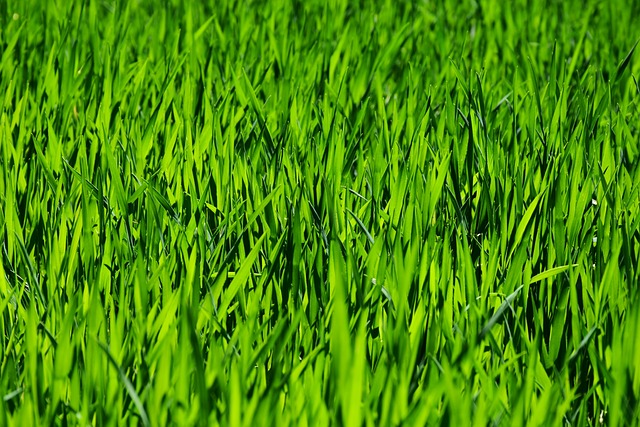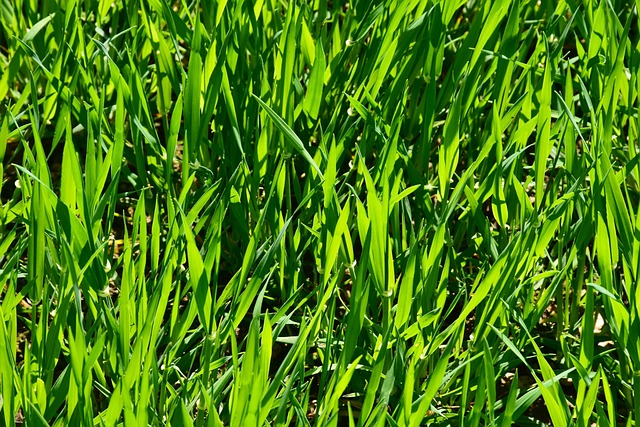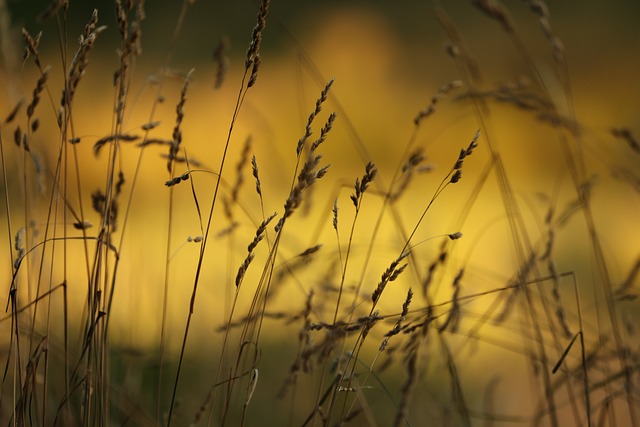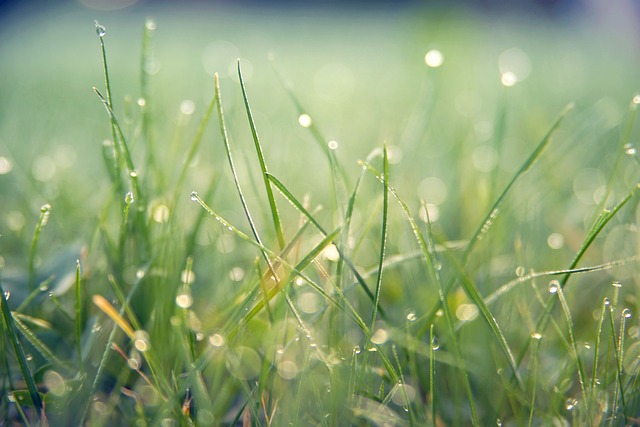Understanding lawn fertilization is key to effective Lawn Care and Landscaping. Different fertilizers target specific grass needs, with balanced options catering to all three primary nutrients (nitrogen, phosphorus, potassium). Timing is crucial—warm-season grasses need nitrogen in spring/summer, while cool-season grasses benefit from phosphorus/potassium in late summer/fall. Weeds, competing for resources, hinder grass growth; proper fertilization provides essential nutrients for robust grass roots and foliage. Integrating fertilization with strategic weed control techniques creates ideal growing conditions, preventing weeds and encouraging dense, healthy lawn growth, enhancing both aesthetics and long-term lawn health.
Transform your lawn into a lush, vibrant oasis with expert insights on fertilization and weed control. Discover the intricacies of choosing the right nutrients for optimal growth, exploring effective strategies to combat persistent weeds. Learn how integrating these vital practices can revolutionize your lawn care routine, enhancing both aesthetics and health. Uncover professional tips and techniques for a thriving, pest-free outdoor space, perfect for any landscaping project.
- Understanding Lawn Fertilization: Choosing the Right Nutrients
- Effective Weed Control Strategies for a Healthy Lawn
- Integrating Fertilization and Weed Control for Optimal Lawn Care
Understanding Lawn Fertilization: Choosing the Right Nutrients

Understanding Lawn Fertilization: Choosing the Right Nutrients is a fundamental step in effective lawn care and landscaping. To achieve lush, green grass, it’s crucial to identify your lawn’s specific nutrient needs. Different grasses have varying requirements, so knowing your lawn type is key. Fertilizers typically include three primary nutrients: nitrogen for growth, phosphorus for root development, and potassium for overall health. Balanced fertilizers cater to all three, while others are specialized for specific seasons or grass types.
When selecting a fertilizer, consider the time of year and your lawn’s unique characteristics. For instance, warm-season grasses like Bermuda or Zoysia thrive with nitrogen-rich fertilizers during spring and summer. Cool-season grasses such as Kentucky Bluegrass or Fescues respond well to phosphorus and potassium in late summer and fall. Regular analysis of your lawn’s health and seasonal changes ensures you provide the right nutrients at the optimal times, fostering a vibrant and healthy lawn that enhances your outdoor space.
Effective Weed Control Strategies for a Healthy Lawn

Maintaining a lush, green lawn free from weeds is every homeowner’s desire. Effective weed control strategies are essential for achieving and maintaining healthy lawn care and landscaping. One of the most common methods involves manual removal, which, while effective, can be time-consuming. For quicker results, herbicides can be utilized, but it’s crucial to choose selective products that target specific weed species without harming your lawn.
Additionally, cultural practices like proper watering, mowing, and fertilizing play a significant role in suppressing weeds. Ensuring optimal soil health through regular feeding and maintaining the right grass height helps create an environment less conducive to weed growth. Integrating these strategies into your lawn care routine can lead to a vibrant, weed-free yard, enhancing both the aesthetics and overall health of your outdoor space.
Integrating Fertilization and Weed Control for Optimal Lawn Care

In the realm of lawn care and landscaping, integrating fertilization and weed control is a game-changer for achieving a lush, healthy garden. Effective management of these two aspects goes beyond aesthetics; it ensures your grass can thrive in a competitive environment. Weeds, with their quick growth and resource-sapping abilities, can significantly hinder the development of your lawn. Fertilization, on the other hand, provides essential nutrients that promote robust root systems and vibrant foliage.
By combining these strategies, you create an optimal growing condition for your grass. Regular weed control measures, such as manual removal or selective herbicides, prevent unwanted plants from taking over. Concurrently, a well-planned fertilization schedule ensures your lawn receives the necessary elements to fight off pests and diseases while encouraging dense growth. This holistic approach not only enhances the curb appeal of your outdoor space but also contributes to its long-term health and resilience.
In the realm of lawn care and landscaping, proper fertilization and effective weed control go hand in hand. By understanding the importance of choosing the right nutrients and implementing integrated strategies, folks can transform their lush green spaces into vibrant landscapes that stand out in the neighborhood. These practices not only enhance the overall health of your lawn but also ensure it remains free from persistent weeds. With the right approach, you can achieve a beautiful, well-maintained yard that becomes the envy of everyone on the block.














